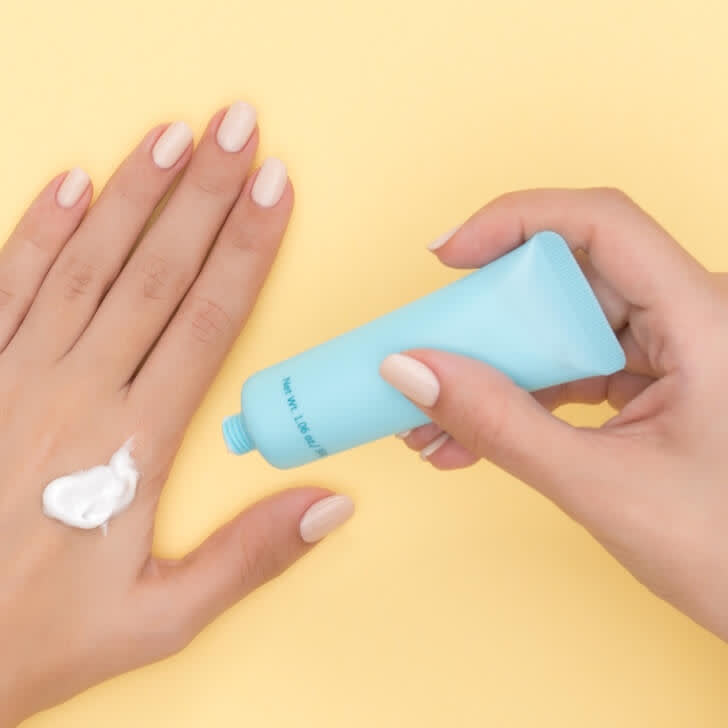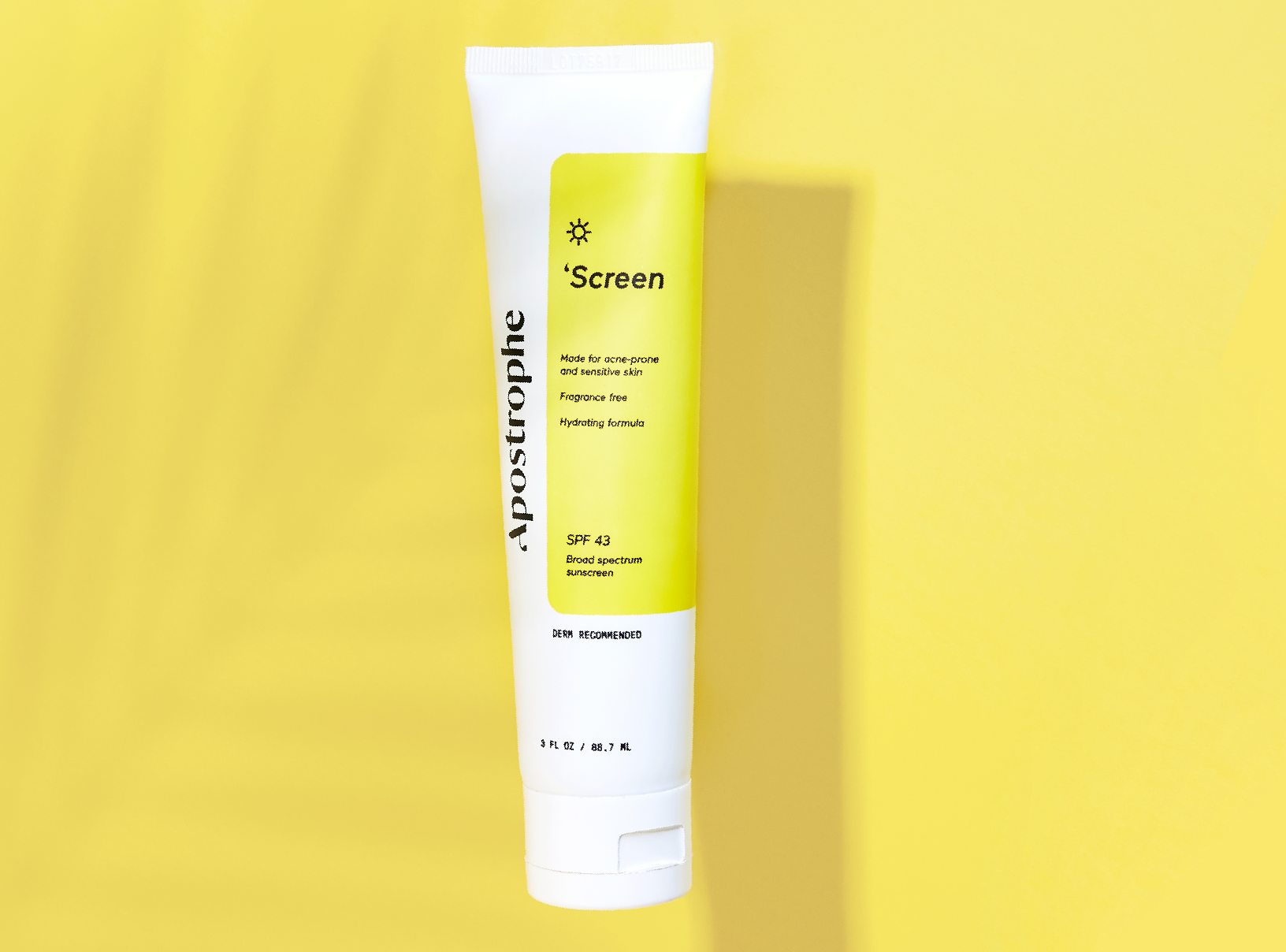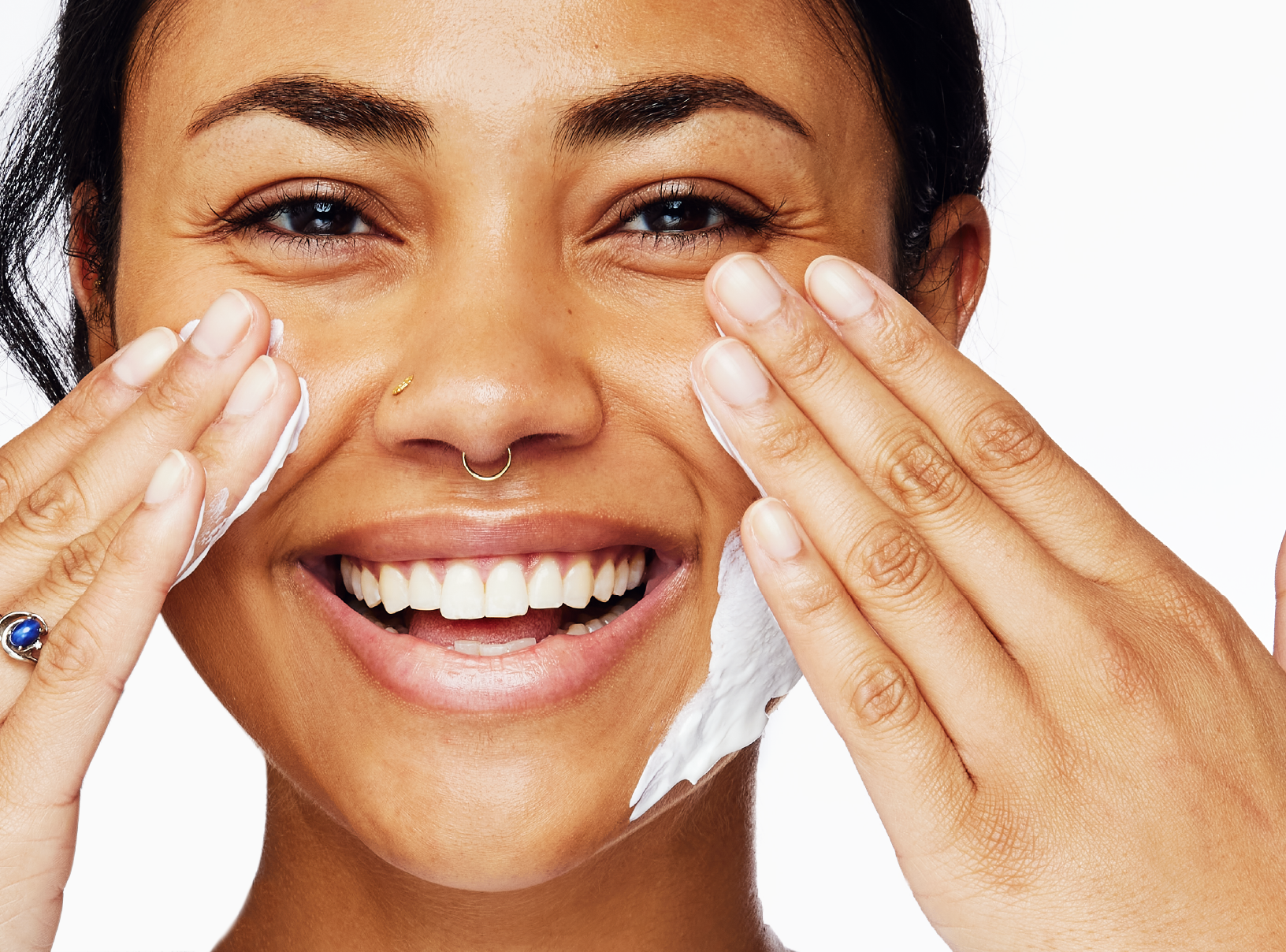General
How To Spot Skin Cancer: What You Need To Know


SHARE
General
How To Spot Skin Cancer: What You Need To Know
Medically reviewed by Aimee Paik, MD
Written by Apostrophe Team
Last updated 11/4/2022
May is Skin Cancer Prevention Month! With summer right around the corner, now is the best time to brush up on your sun protection practices and learn how you can spot potential problems early (if you want to learn more about how UV radiation can damage the skin and increase your risk of melanoma, check out this post on aging).
Melanoma: What you need to know
The American Cancer Society reports that melanoma only accounts for 1% of skin cancers, but causes a large majority of skin cancer deaths. They estimate that in 2019 in the United States approximately 96,480 people will be diagnosed with melanoma and 7,320 people will die of melanoma.
Race and age are both big risk factors for skin cancer. White Americans are about 20 times more likely than black Americans to be diagnosed with melanoma. Overall, the lifetime risk of getting melanoma is about 2.6% for white individuals, 0.1% black individuals, and 0.58% (1 in 172) for Hispanic individuals. The average age of people who are diagnosed is 63, but it’s important to note that melanoma is one of the most common cancers in young adults under the age of 30.
Early diagnosis is key
Five year relative survival rates show that treatment is far more successful if melanoma is caught and treated early. A relative survival rate compares people of the same age and type of cancer to people in the overall population. The five year relative survival rate for early stage melanoma of the skin is 98% which means that people who have that cancer are, on average, about 98% as likely as people who don’t have that cancer to live for at least five years after being diagnosed (for a deeper dive, click through to our source here). The chart below illustrates the dip in relative survivability from early stage to later stage melanoma:
Ugly duckling – not just a kids’ story
The American Academy of Dermatology has a guide to checking your own skin for cancerous moles and lesions. They say to keep an eye out for the ABCDEs of melanoma:
A – Asymmetry: One half of the spot is unlike the other half.
B – Border: The spot has an irregular, scalloped, or poorly defined border.
C – Color: The spot has varying colors from one area to the next, such as shades of tan, brown, or black, or with areas of white, red, or blue.
D – Diameter: Melanomas are usually greater than 6mm, or about the size of a pencil eraser when they are diagnosed, but they can be smaller.
E – Evolving: A mole or spot on your skin that looks different from the rest or is changing in size, shape, or color.
While this mnemonic is very descriptive, it can be hard to apply in practice. A good shorthand is to look for the “ugly duckling” lesion. The lesion that stands out as different from the rest and is changing should be checked out.
To thoroughly check your skin, follow these steps:
Raise the arms and examine the right and left sides of the body.
Then bend your elbows and look carefully at your forearms and upper underarms.
Next, examine the back of your legs and spaces between your toes and your soles.
Then, examine those hard‐to see areas like your back, buttocks, and the top of your head. Use a mirror to inspect the back of your neck and scalp, parting your hair for a better view.
A word from a derm
We want to give one of our partner dermatologists the last word on skin cancer. See what Dr. George Skandamis has to say about prevention and self-checks below!
“Spotting skin cancer can be difficult and often relies on a board certified dermatologists’ extensive training to see subtle clues in a cancerous lesion. For people at home, it is important to ‘get to know your skin.’ Plan to look over all of your skin once a month, taking note of any moles, growths, bumps or sores. If you develop a new or growing spot or any change in the spot’s color, these could be signs of skin cancer. Another common symptom of skin cancer is a sore that has trouble healing and may often bleed. Ultimately a suspicious spot needs to be biopsied to confirm the diagnosis of skin cancer.”
1. Cancers That Develop in Young Adults. American Cancer Society. https://www.cancer.org/cancer/cancer-in-young-adults/cancers-in-young-adults.html. Accessed May 1, 2019. 2. How to check your skin for skin cancer. How to check your skin for skin cancer | American Academy of Dermatology. https://www.aad.org/media/news-releases/how-to-check-your-skin-for-skin-cancer. Published October 9, 2012. Accessed May 2, 2019. 3. Key Statistics for Melanoma Skin Cancer. American Cancer Society. https://www.cancer.org/cancer/melanoma-skin-cancer/about/key-statistics.html. Accessed May 1, 2019. 4. Survival Rates for Melanoma Skin Cancer. American Cancer Society. https://www.cancer.org/cancer/melanoma-skin-cancer/detection-diagnosis-staging/survival-rates-for-melanoma-skin-cancer-by-stage.html#written_by. Accessed May 1, 2019.
Like what you just read? Sign up for our email list to get the scoop on skincare science delivered straight to your inbox.

General
What is milia?
What is milia? Today, we’re jumping into one type of bump that you may have heard about most commonly in infants — milia.
Read More
General
Best moisturizer for acne-prone skin
If you have combination acne-prone skin, figuring out which moisturizer is best for your skin might be tough. In this guide, we break down the best moisturizer for combination, acne-prone skin.
Read More
General
How to build a face care routine
As you get into skincare, it might seem overwhelming, especially trying to figure out the order you're supposed to apply products in. Below, we detail how to build a face care routine for your skin!
Read More
